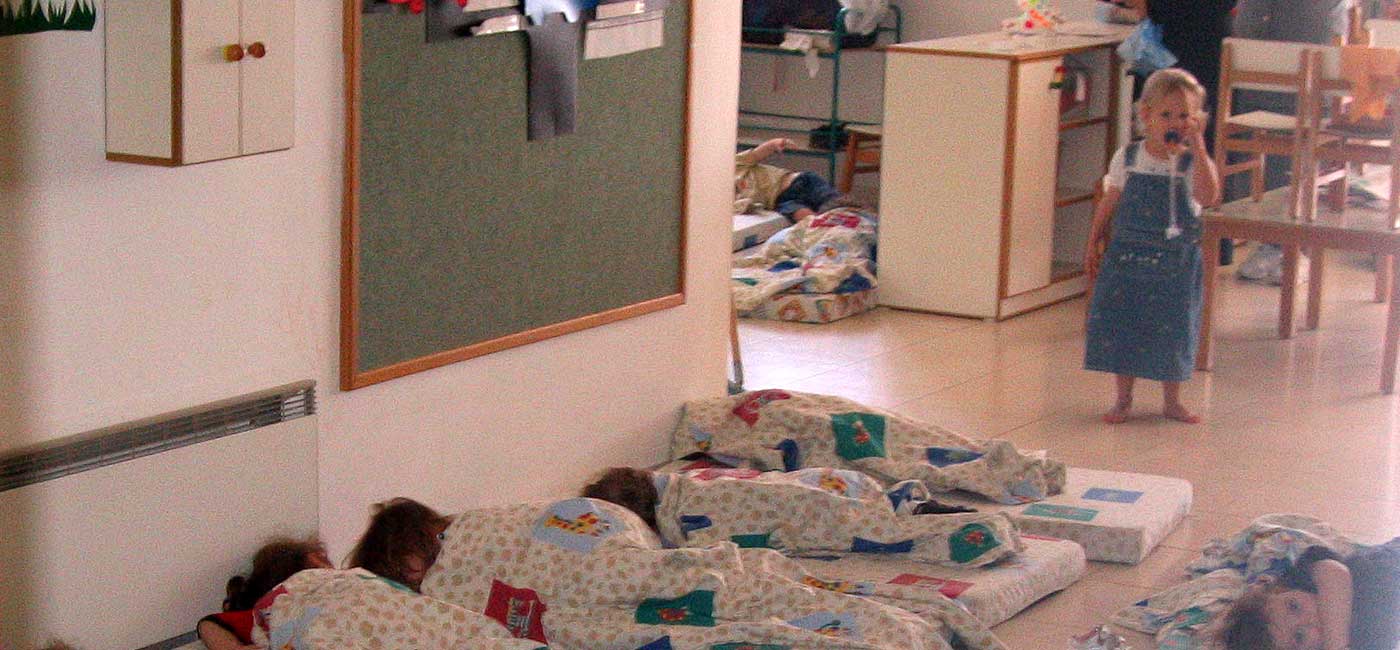They are the victims of hardship and distress.
Some are orphaned; all have witnessed dysfunctional homes – parents who are ill, who have separated or lack the ability to care for their offspring. They are in our midst. Theirs is a life of deprivation and fear. Ours is the responsibility to assist.Defining “Children at Risk”
We begin with the lack. The absence of love and warmth characterizes their home environment, an apparent shortage of support, concern and enrichment. Among them are children who have faced real danger as well as those who reside under threatened conditions, whose surroundings are ripe for danger to surface at any given moment.
The Risk Factor
Dysfunction is manifested via inability to cope. Severe illness, traumatic separation, or involvement in crime can render parents helpless, thereby placing their children in danger. Children at risk are not cared for properly. Their basic needs are not met, their development stunted.
Facing Danger
Children at risk are vulnerable, physically and emotionally. They face:
- Physical abuse and violence
- Verbal abuse in the form of demeaning, negative comments
- Physical and emotional deprivation and disregard for the child’s overall wellbeing
- The neglected child goes hungry. Hygiene is not attended to, social and emotional problems ignored.
- Abandonment and lack of concern for the child’s safety at home and otherwise Dropping out of school and often resisting other educational and social frameworks
- The street and its affiliates, such as crime, alcoholism and drugs
Characteristics
Children at risk lag behind. Their lack of social skills and low self esteem are reflected in their studies, in their inability to cope and severe behavioral problems.
In Israel
Statistical data issued by the Welfare Ministry and other official bureaus attest to an increase in the number of children at risk nationwide. Poverty and unemployment are on the rise underscored by uncertainty vis-a-vis security matters. The situation calls for increased activity and proactive measures on behalf of children at risk.
Give Them a Chance
Children at risk can be helped. Recruiting qualified people and investing in effective rehabilitation programs could in turn improve upon the children’s lives. Providing the youngsters with a warm and loving home and enabling them to overcome their difficulties would pave the way toward bridging gaps and breaking through the vicious cycle.





